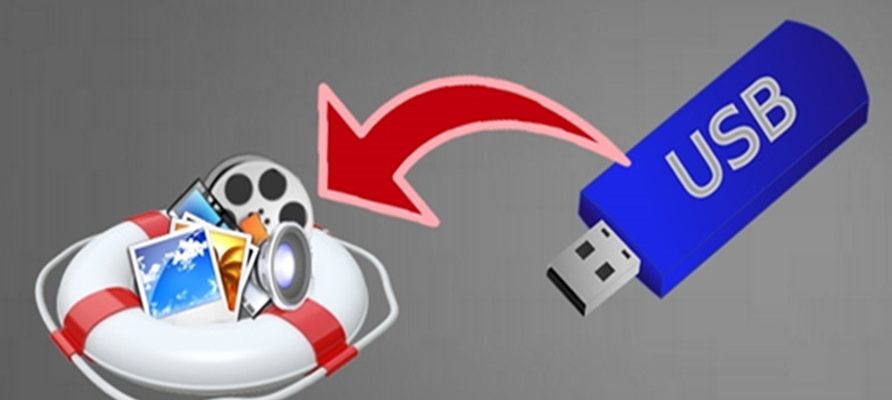USB drive is used frequently to store data that people need to access in an emergency or need to travel with, but it is not always possible to know if the device you are connecting to access the data on the USB drive is not infected with malware or have an anti-virus installed. This can often lead to partial data loss or a corrupted file, but this is not the end of the Earth, and you can possibly recover them by getting a paid USB drive data recovery tool.
You may think why to invest money on paid tools when there is a plenty of free tools available in the market that literally do the same thing, then we are here to tell how a paid tool makes a difference and often have a high reliability score than the free ones.
Ease of Use
When you go for a free tool, it seems easy to use and implement the methods to recover the data until you actually start dealing with it in real-time. You soon realise that the methods don’t match the description, and you are not even able to see all the steps. Paid tool is designed to ease the way you can download the software and use it, as its only purpose is to recover your data without misleading you.
Security
When dealing with a free tool, your biggest fear of compromising with your crucial and confidential data might turn into reality. Free tools are not free without a reason, and they cause you more damage than you can think. The paid tool first encrypts your data and then accesses it to recover it. It stays in a safe place, and only you can view it.
Overwriting of Data
When you are already dealing with partial loss of the data, what worse you think can happen to you? Well, with a free tool, the worst can result into the overwriting of data and replacing it with the original data. Paid tool doesn’t do it and aims to recover the data and not overwrite it, as then no scope of recovery is left.
Paid USB drive data recovery tool is a way to go if your data means a lot to you and your personal or professional life may be affected by the data loss.


